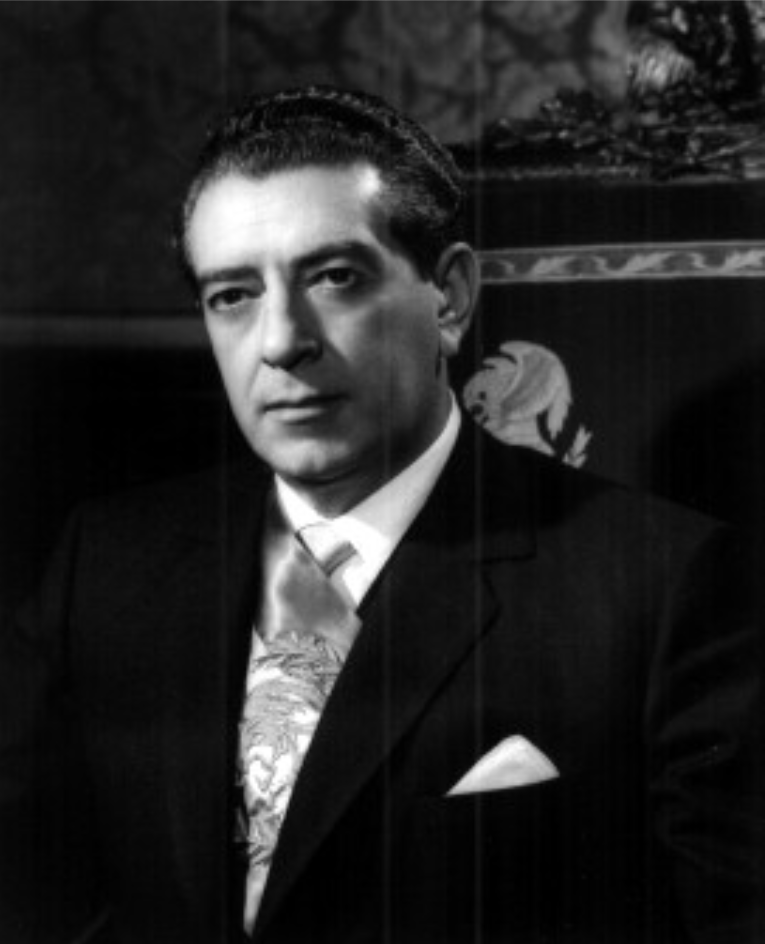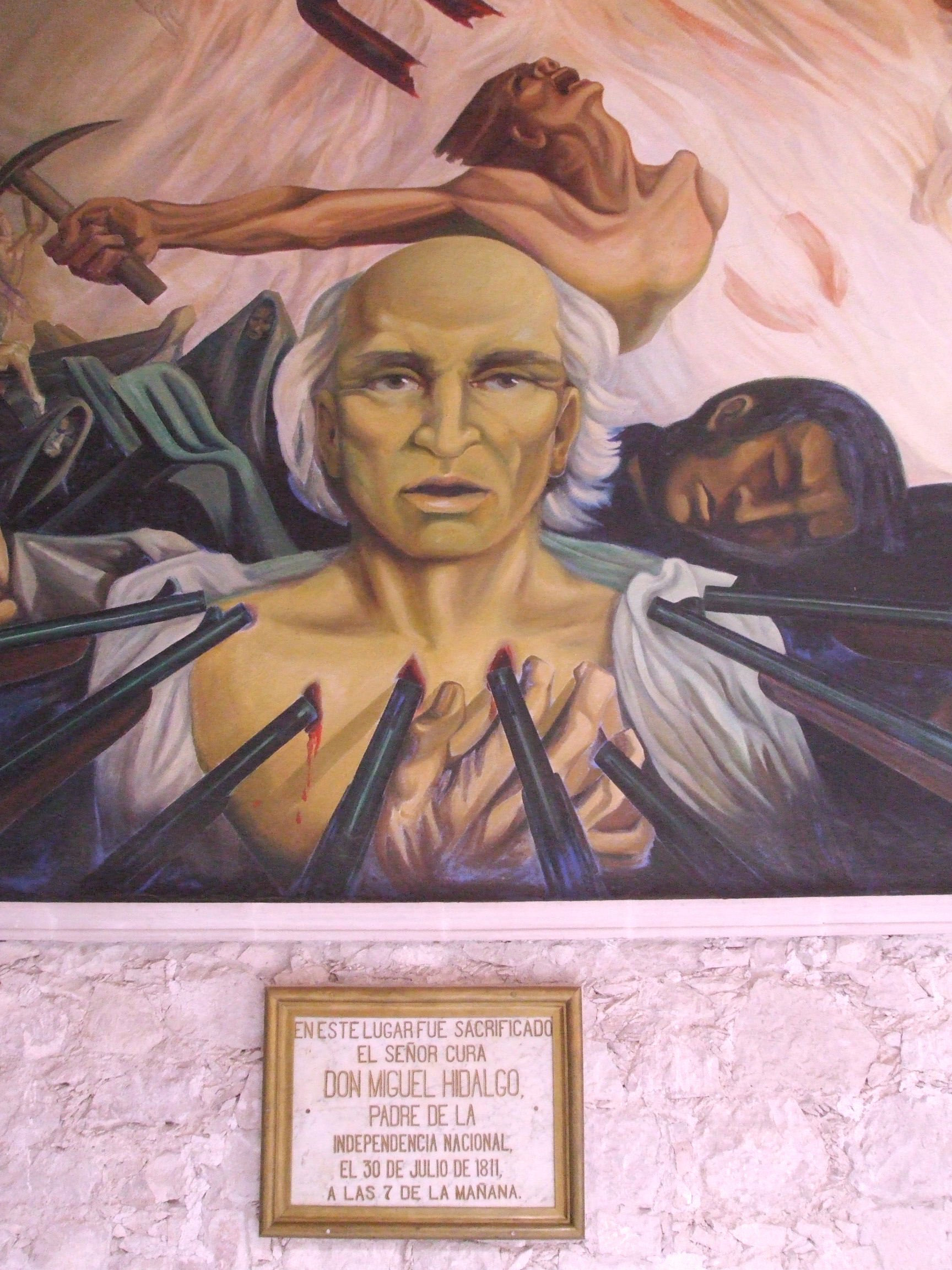|
Government Palace Of Chihuahua
The Government Palace of Chihuahua (Palacio de Gobierno de Chihuahua) is a 19th-century building in the city of Chihuahua, Chihuahua, Chihuahua, Mexico. Located in the heart of the city, it is of special interest since it houses the executive offices of the governor of the state of Chihuahua and, until 2004, the state legislature met here. The building is a landmark in the city as it contains a shrine commemorating the execution of Miguel Hidalgo, considered the Father of the Nation, Father of the Country, who died at the hands of a Spanish firing squad on July 30, 1811. The ''Altar de la Patria'', or ''Altar of the Fatherland'' is located at the exact spot where Miguel Hidalgo died. History Originally, a Jesuit college, Jesuit College stood on the site. In 1767 the Society of Jesus was expelled from New Spain, and the building remained abandoned until it was converted into a military hospital in 1790, and was acquired by the Federal Government in 1859 after the Laws of Reform ... [...More Info...] [...Related Items...] OR: [Wikipedia] [Google] [Baidu] |
Chihuahua, Chihuahua
The city of Chihuahua ''(La Ciudad de Chihuahua)'' () is the state capital of the Mexican state of Chihuahua. , the city of Chihuahua had a population of 925,762 inhabitants. while the metropolitan area had a population of 988,065 inhabitants. Among cities in Mexico, the city of Chihuahua is highly ranked in human and social development. According to the UNCP report on human development, Chihuahua municipality's HDI is 0.840 as of 2015 – this is equal or higher than some Western European countries, with the literacy rate in the city among the highest in the country at 99%. Another report about competitiveness from the CIDE organization ranks Chihuahua as the second most competitive city in the country just behind Monterrey and ahead of Mexico City. This report also ranks Chihuahua as the most Socially Competitive city in the country. The predominant activity is industry, including domestic heavy, light industries, consumer goods production, and to a smaller extent '' maquilad ... [...More Info...] [...Related Items...] OR: [Wikipedia] [Google] [Baidu] |
Neoclassic Style
Neoclassical architecture is an architectural style produced by the Neoclassical movement that began in the mid-18th century in Italy and France. It became one of the most prominent architectural styles in the Western world. The prevailing styles of architecture in most of Europe for the previous two centuries, Renaissance architecture and Baroque architecture, already represented partial revivals of the Classical architecture of ancient Rome and (much less) ancient Greek architecture, but the Neoclassical movement aimed to strip away the excesses of Late Baroque and return to a purer and more authentic classical style, adapted to modern purposes. The development of archaeology and published accurate records of surviving classical buildings was crucial in the emergence of Neoclassical architecture. In many countries, there was an initial wave essentially drawing on Roman architecture, followed, from about the start of the 19th century, by a second wave of Greek Revival architec ... [...More Info...] [...Related Items...] OR: [Wikipedia] [Google] [Baidu] |
Buildings And Structures In Chihuahua (state)
A building, or edifice, is an enclosed structure with a roof and walls standing more or less permanently in one place, such as a house or factory (although there's also portable buildings). Buildings come in a variety of sizes, shapes, and functions, and have been adapted throughout history for a wide number of factors, from building materials available, to weather conditions, land prices, ground conditions, specific uses, prestige, and aesthetic reasons. To better understand the term ''building'' compare the list of nonbuilding structures. Buildings serve several societal needs – primarily as shelter from weather, security, living space, privacy, to store belongings, and to comfortably live and work. A building as a shelter represents a physical division of the human habitat (a place of comfort and safety) and the ''outside'' (a place that at times may be harsh and harmful). Ever since the first cave paintings, buildings have also become objects or canvasses of much artistic ... [...More Info...] [...Related Items...] OR: [Wikipedia] [Google] [Baidu] |
Palaces In Mexico
A palace is a grand residence, especially a royal residence, or the home of a head of state or some other high-ranking dignitary, such as a bishop or archbishop. The word is derived from the Latin name palātium, for Palatine Hill in Rome which housed the Roman Empire, Imperial residences. Most European languages have a version of the term (''palais'', ''palazzo'', ''palacio'', etc.), and many use it for a wider range of buildings than English. In many parts of Europe, the equivalent term is also applied to large private houses in cities, especially of the aristocracy; often the term for a large country house is different. Many historic palaces are now put to other uses such as parliaments, museums, hotels, or office buildings. The word is also sometimes used to describe a lavishly ornate building used for public entertainment or exhibitions such as a movie palace. A palace is distinguished from a castle while the latter clearly is fortified or has the style of a fortification ... [...More Info...] [...Related Items...] OR: [Wikipedia] [Google] [Baidu] |
Cathedral Of Chihuahua
The Metropolitan Cathedral Church of the Holy Cross, Our Lady of Regla, and St Francis of Assisi is the main ecclesiastical building of the Catholic Church in Chihuahua City, Chihuahua, Mexico. It is considered perhaps the finest example of colonial architecture in northern MexicoAAA 2007 Mexico Tourbook, p. 166, AAA Publishing, Heathrow, FL and it was built between 1725 and 1792. The cathedral is also the seat of the Roman Catholic Archdiocese of Chihuahua. the archbishop was Constancio Miranda Weckmann. Style and architecture The building is situated on the Plaza de Armas. It is designed in the Spanish Baroque style, and is in the form of a latin cross, with a dome above the crossing. The façade is interesting in that it involves the use of solomonic columns which were not widely used in New Spain at the time. It has an octagonal window that was shipped from Germany and is considered a fine specimen of the glassmakers art. In addition, the front contains a collection of ... [...More Info...] [...Related Items...] OR: [Wikipedia] [Google] [Baidu] |
Patricio Martinez
Patricio in Spanish, or Patrício in Portuguese, is a male given name equivalent to Patrick Patrick may refer to: * Patrick (given name), list of people and fictional characters with this name * Patrick (surname), list of people with this name People * Saint Patrick (c. 385–c. 461), Christian saint *Gilla Pátraic (died 1084), Patrick ... in English. The Spanish name is pronounced with the stress on the same first i as Portuguese, but an accent is not needed because this follows normal rules for stress in Spanish. Notable people with the name include: Given name Spanish * Patricio Arabolaza, (1893–1935), Spanish footballer * Patricio Aylwin (1918–2016), Chilean politician * Patricio Montojo, (1839–1917), Spanish admiral * Patricio O'Ward (born 1999), Mexican race car driver Portuguese * Patrício Antônio Boques (born 1974), Brazilian footballer * Patrício Freire (born 1987), Brazilian mixed martial artist known as Patrício Pitbull Surname * Miguel Patricio ( ... [...More Info...] [...Related Items...] OR: [Wikipedia] [Google] [Baidu] |
Adolfo López Mateos
Adolfo López Mateos (; 26 May 1909 – 22 September 1969) was a Mexican politician who served as President of Mexico from 1958 to 1964. Beginning his political career as a campaign aide of José Vasconcelos during his run for president, López Mateos encountered repression from Plutarco Elías Calles, who attempted to maintain hegemony within the National Revolutionary Party (PNR). He briefly abandoned politics and worked as a professor at the Autonomous University of Mexico State, becoming a member of the PNR (renamed Party of the Mexican Revolution) in 1941. López Mateos served as senator for the State of Mexico from 1946 to 1952 and Secretary of Labor during the administration of Adolfo Ruiz Cortines from 1952 to 1957. He secured the party's presidential nomination and won in the 1958 general election. Declaring his political philosophy to be "left within the Constitution", López Mateos was the first self-declared left-wing politician to hold the presidency since Láza ... [...More Info...] [...Related Items...] OR: [Wikipedia] [Google] [Baidu] |
Aarón Piña Mora
Aarón Piña Mora (1914–2009) was a Mexican painter and muralist. Life He was born in Metztitlan in the state of Hidalgo, and moved with his family, at an early age, to Mexico City. From 1930 to 1933 he attended the School of Drawing and Sculpture of the Plastic Arts at the Public Education Secretariat. During the 1940s, he relocated to Chihuahua, where he further developed his skills as a painter. In 1954 he received a scholarship by the Ignacio Usle Fernández Foundation to study with Don Daniel Vazquez Diaz in Madrid, Spain. During that time he also studied technique in the Museo del Prado and attended classes at the Fine Arts Circle of Madrid. In 1956 he organized the School of Plastic Arts of the University of Chihuahua and in 1958 became the Principal of the Fine Arts Institute of the same university. His best known works are the murals in the Government Palace of Chihuahua, Chihuahua, Mexico, which cover the courtyard walls on the first floor and much of the secon ... [...More Info...] [...Related Items...] OR: [Wikipedia] [Google] [Baidu] |
Murals
A mural is any piece of graphic artwork that is painted or applied directly to a wall, ceiling or other permanent substrate. Mural techniques include fresco, mosaic, graffiti and marouflage. Word mural in art The word ''mural'' is a Spanish adjective that is used to refer to what is attached to a wall. The term ''mural'' later became a noun. In art, the word mural began to be used at the beginning of the 20th century. In 1906, Dr. Atl issued a manifesto calling for the development of a monumental public art movement in Mexico; he named it in Spanish ''pintura mural'' (English: ''wall painting''). In ancient Roman times, a mural crown was given to the fighter who was first to scale the wall of a besieged town. "Mural" comes from the Latin ''muralis'', meaning "wall painting". History Antique art Murals of sorts date to Upper Paleolithic times such as the cave paintings in the Lubang Jeriji Saléh cave in Borneo (40,000-52,000 BP), Chauvet Cave in Ardèche department of ... [...More Info...] [...Related Items...] OR: [Wikipedia] [Google] [Baidu] |
Carlos Ochoa
Carlos Augusto Ochoa Mendoza (born 5 March 1978) is a Mexican former professional footballer who played as a striker. He started his career as a substitute for Necaxa in 1999, and was part of their squad that finished third in the 2000 FIFA Club World Championship. He later rose to prominence playing with Tigres UANL, where he reached the final. From Tigres, he was transferred to CA Osasuna of Pamplona in La Liga, but saw little action and was returned to Tigres. He has also played with Querétaro and Chiapas, where Salvador Cabañas and he formed a dominant forward offense in the 2000s. He then moved to Monterrey where he played for two years. In December 2008, Ochoa was loaned to Club Deportivo Guadalajara on a one-year deal with an option for sale. Ochoa stated that he would be honored to end his career with the Guadalajara jersey. He also said he had wanted for years to play for Chivas, but since they never made an offer, he stayed with Monterrey. During the Interli ... [...More Info...] [...Related Items...] OR: [Wikipedia] [Google] [Baidu] |

_-_facade_on_Piazza_dei_signori.jpg)




